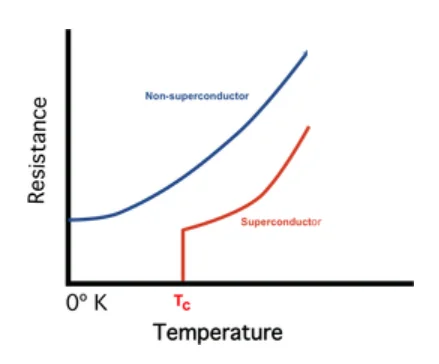![]() June 11, 2024
June 11, 2024
![]() 1409
1409
![]() 0
0
Superconductivity is a remarkable phenomenon where certain materials can conduct electricity without any resistance and expel magnetic fields when cooled below a critical temperature. Discovered over a century ago, this property has led to significant technological advancements. Despite our understanding of some aspects of superconductivity, the discovery of new high-temperature superconductors continues to challenge and expand our knowledge.
Key Superconductivity Facts
|

| Must Read | |
| Current Affairs | Editorial Analysis |
| Upsc Notes | Upsc Blogs |
| NCERT Notes | Free Main Answer Writing |
| Related Articles | |
| Superconductivity | Electricity: Basics of Electrical Components |
| Temperature Measurement | Electron Orbits: Distribution Patterns and Valency in Atomic Structures |
<div class="new-fform">
</div>
Latest Comments